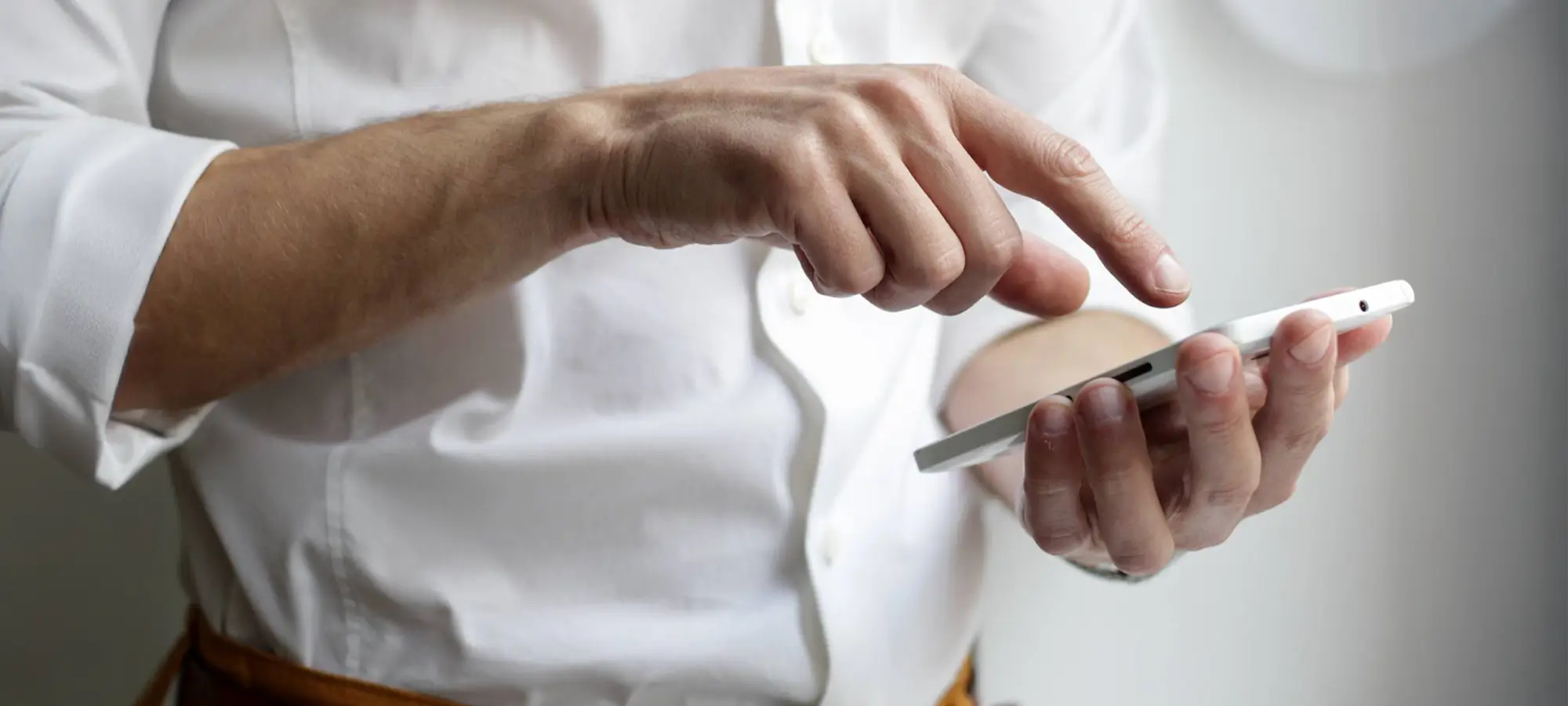Heat-related Illness
Heat exhaustion and heat stroke are both serious heat-related conditions, but they differ in symptoms, severity, and treatment. Knowing the signs of each is critical — especially because heat stroke is a medical emergency. If you suspect heat stroke, call 911 immediately.
Get started; find care today.
Heat Exhaustion or Heat Stroke
Heat Exhaustion
Heat exhaustion occurs when the body reaches a temperature of 101°F or higher, often resulting in weakness and dizziness.
Symptoms may include:
- Dehydration
- Dizziness or fainting
- Fast breathing
- Headache
- Heavy sweating
- Low blood pressure
- Mild, temporary confusion
- Nausea, vomiting, or diarrhea
- Problems coordinating movement
- Rapid heartbeat
- Weakness or muscle cramps
Unlike heat stroke, heat exhaustion does not typically cause severe brain-related symptoms such as delirium, unconsciousness, or coma.
What to do if you become overheated:
- Stop activity and move to a cooler area
- Elevate legs above heart level
- Remove excess clothing and gear
- Cool the body until rectal temperature reaches 101°F (38.3°C), or until shivering begins if a rectal thermometer is unavailable
- Drink water or a sports drink if alert and not nauseated
- Monitor heart rate, blood pressure, breathing, and mental status
Heat Stroke
Heat stroke is a life-threatening emergency caused by prolonged exposure to high temperatures. Call 911 right away if you suspect it.
Symptoms may include:
- Disorientation, agitation, or confusion
- Hallucinations
- Headache or dizziness
- High body temperature
- Hot, dry, flushed skin without sweating
- Loss of consciousness
- Rapid heartbeat
- Seizure
- Sluggishness or fatigue
Symptoms may resemble other medical conditions. Always consult a healthcare provider for a diagnosis.
What to do:
- Call 911
- While waiting for help to arrive, move the person to a shaded or cool area
- Remove clothing and apply cool water to the skin, followed by fanning
- Apply ice packs to the groin and armpits
- Have the person lie down with feet slightly elevated
- Cool the person rapidly using any available method
- IV fluids may be needed to restore hydration and electrolytes
- Bed rest is recommended; body temperature may fluctuate for weeks after heat stroke
Symptom Checker
United Regional is continuously developing new services within MyChart to help you identify a course of action for your symptoms. Click below to see a full list of Symptom Checker options and find the best path to treatment.
Note: The Symptom Checker is not meant to be used in emergency situations.





